5 Things I Did to Prepare for Breastfeeding
Breastfeeding was a huge learning curve for me with my first child
This is what I did to holistically prepare for breastfeeding, and support our journey throughout!
I am no expert on breastfeeding- but I am going on over 2.5 years of it between my two children. We have figured out an oversupply, fast let down, clogged ducts, a brief case of thrush, tongue-ties, lactation consultations, and gym-nurstics (IYKYK 😅)
If you are pregnant, or recently brought a new baby home, breastfeeding can be SO overwhelming. Not only are you trying to learn how it all works, but your baby is learning too.
For some women it is a very natural and intuitive process, for others, it is a struggle, and for some, they would rather choose another method for feeding their baby.
At the end of the day, I am 1,000% in the “fed is best” camp. While breastfeeding does have unique health benefits, I think we need to focus EVEN MORE on mental health for mothers. Find what works best for YOUR family.
If I can encourage you to do anything- give yourself a lot of grace and patience.
How I Prepared for Breastfeeding
First and foremost- research a lactation consultant near you! My daughter and I had several appointments in the weeks after she was born and our LC helped me so much- whether it was showing me different techniques to help my daughter eat, showing my husband how to stack 532984 pillows to help support us, teaching us things to look for, or simply encouraging me and giving me confidence, it truly was one of the most helpful things that I could recommend.Many hospitals have lactation consultants on staff. If you deliver in a hospital, make sure to research this because often times they can come visit you before you even go home!
The Womanly Art of BreastfeedingI really loved this book! I read it during my third trimester and feel like it equipped me with a solid foundation of knowledge going into starting to breastfeed.
I also referenced it several times in the first few months postpartum when issues popped up like:“Oh my goodness, is she eating enough?”“Uh oh, I think she has thrush”“I wonder what the signs of a tongue tie are”“How can I get her to latch deeper?”Another good book to read is Ina May’s Guide to Breastfeeding,(if you love books, check out my post on my favorite resources for fertility and pregnancy as well!)
Nourish yourself- For you mental health, physical health, milk supply and quality! Breastfeeding can use upwards of 500 calories per day and consumes. so many nutrients- you have to make sure that you are supplying your body with an abundance to pull from. Focusing on eating nutrient-dense foods frequently and hydrating yourself with mineral-rich fluids will also support your energy and help your body to heal and recover from birth. Some things I tried to incorporate daily:
I continued taking my prenatal and supplements that I was taking during pregnancy
lots of fluids! water, mineral drinks, herbal tea, bone broth, and coconut water were my go-to’s. I also feel like supporting my minerals helped my body to regulate the fluid I was storing postpartum more effectively.
enough protein! So many women are not getting adequate amounts of protein in their diet. I try to aim for a minimum of 1 gram per pound of lean body weight. This looks like lots of eggs, animal proteins, high-quality dairy, collagen, bone broth, and protein smoothies.
I loooved reading The First 40 Days, a book all about nourishing our body in the first 40 days post-partum. I actually didn’t read is until I was about six months postpartum….but I fully intend to read it again when we have another baby in the future. I love the concept of warm, nourishing foods and rest to help the body heal.
Nourishing yourself is also not only about food and water intake - It is about caring for yourself holistically. Make sure you are checking in with what you mentally and emotionally need during this time. Maybe that means saying no to visitors for a couple of weeks or turning your phone on “do not disturb” when you have opportunities to rest.In preparation for postpartum, I asked my husband to take over scheduling visitors and plans in those first few weeks. He would check in on how I was feeling that day, and then either make plans with family or reschedule for another time that would work better. He was an amazing advocate for my rest and recovery during that time, and it gave me the energy to focus on my newborn, bonding, and our breastfeeding journey.
Read More:
Get your supplies readyMarketing and consumerism will tell you otherwise but there isn’t a whole lot you actually NEED other than maybe a couple towels, and maybe a water bottle. But there were a few things that made breastfeeding a lot easier:
a comfortable nursing bra - personally, I invested in a few high-quality nursing bras that are sports-bra style and then just wear normal tops and t-shirts that I can pull up for easy access. I have found that my favorites are from Kindred Bravely.
Sublime Bamboo Longline Nursing Bra- my absolute favorite bra/ tanktop to wear while nursing. I love that its a cute crop tank that I can wear with high-waisted pants, without having to wear an additional bra underneath. Supportive without being constrictive.
Nursing Workout Bra- this is great for working out in! While it says online it is best for low-impact exercise, I have found it plenty supportive for any of my workouts.
breast pads - I originally purchased organic cotton reusable nursing pads… and then I got thrush from them…… So, I switched to these disposable ones that were better at moisture-wicking and never had a problem with thrush again! Some people don’t leak very much, some do a ton. After my milk supply finally evened itself out after a few weeks, I didn’t need to use them very often.(If you used found reusable ones that also kept your skin dry, I would love the recommendation for in the future!)
muslin or cotton blankets (this organic cotton blanket from mushie was my favorite and I love all the sweet patterns they come in)we received so many of these type of blankets as gifts and they truly were our most used items, but not necessarily how I imagined. It was my personal preference to be covered up the majority of the time while nursing in public, and these lightweight blankets worked perfectly. I would drape one end across my shoulder and tuck the end into the strap of my bra and then the free blanket would fall over my daughter without being too hot. I had one of the 3-in-1 carseat/ nursing covers and it worked great, but I felt like sometimes it got really hot underneath for my daughter.
Milk storage- if you are pumping, you want a way to store your milk or freeze it. The Elvie does come with caps that you can pop onto the container the milk is pumped into which is really nice for short term storage. I would then dump the milk into plastic storage bags and place them in a glass tupperware to freeze (this would help them to freeze flat and be stackable and more space efficient!)
2024 edit- with my first child, we used plastic storage bags- they were easy to use, convenient, and affordable. But with my second, I wanted to be a little more mindful of our plastic use. We ended up using a combination of food-safe silicone storage bags and glass containers. This post shares all about our reasoning for moving away from plastic and the brands we found to work best for our family.
Milk catcher- With my daughter, I had a popular haaka, and while I liked the concept, I felt it was just too hard to use. It was always being kicked off or spilled (even though I had the one with a lid). So when I found a wearable, silicone breast pump for simple, hands-free expression. aka the Elvie Curve I was stoked. Because essentially it is 2-in-1.
You can use it as a milk collector while you nurse or as an alternative for a manual hand pump. You simply compress the silicone piece and it applies suction (similar to the haaka, but with a much more discreet and natural shape)!
Speaking of breast pumps.. with your insurance you get a free one, so definitely check on that! For my free one, I chose the Medela and it was fine, but i knew right away that I was going to want to invest in a portable one for when I went back to work. I chose the Elvie and have loved it (you can read more about why I love it here).
I work as a nurse and felt comfortable going out onto the floor with the breast pump on under my top if things were busy and I was in a pinch and things were busy (legally, you are required to have breaks to pump but at least in nursing, sometimes the timing of things doesn’t line up quite right) Not only were the pumps super portable, but they were comfortable to wear! I felt like they had sufficient suction to fully drain my breasts without being too intense.
Related Read:
5. Find a support system!
I am so thankful to have had an amazing support system postpartum and I think we need to prioritize that more in society. You do not have to do it all!
If you are a single parent or have a partner that is gone frequently, I have heard incredible things about la leche league meetings to provide community with other breastfeeding moms in a similar season of life.
For me personally, my husband had 6 weeks off for paternity leave and was so so helpful in those early weeks. Before giving birth we had a lot of conversations about what I thought might be helpful in those early weeks. He pretty much took full responsibility of cooking, cleaning, scheduling when family was visiting, and doing diaper changes throughout the night so that I could focus on nursing and rest when I wasn’t. I am not naturally good at asking for help, but postpartum really showed me how eager and willing people are to help out.
There you have it- the top five things that I feel really prepared me with a foundation to breastfeed my daughter. If you chose to breastfeed, I would love to hear about what you felt was helpful!
Related Reads:
How I Holistically Prepared for Postpartum (the second time!)
The Best Hydrating Drinks While Breastfeeding


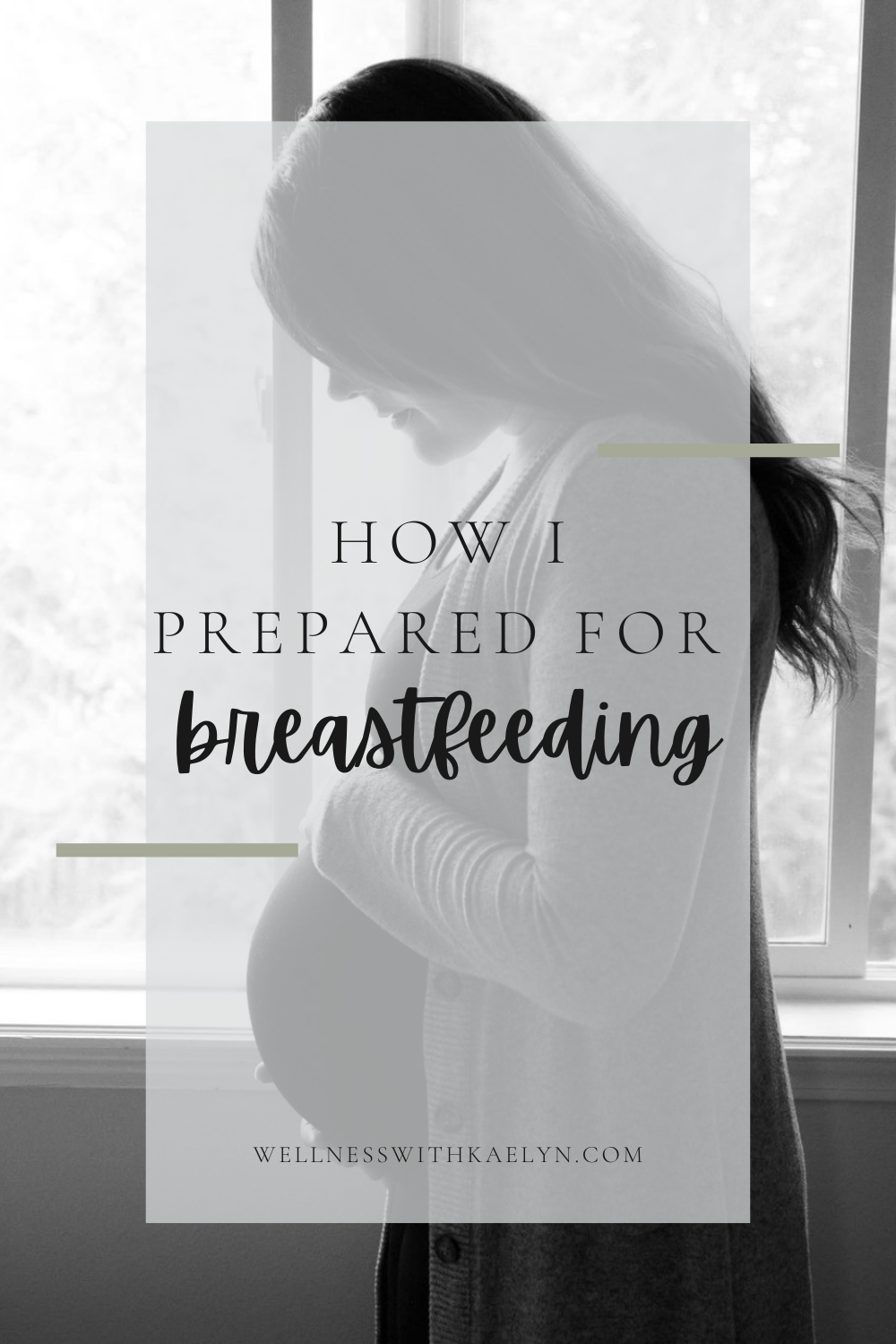


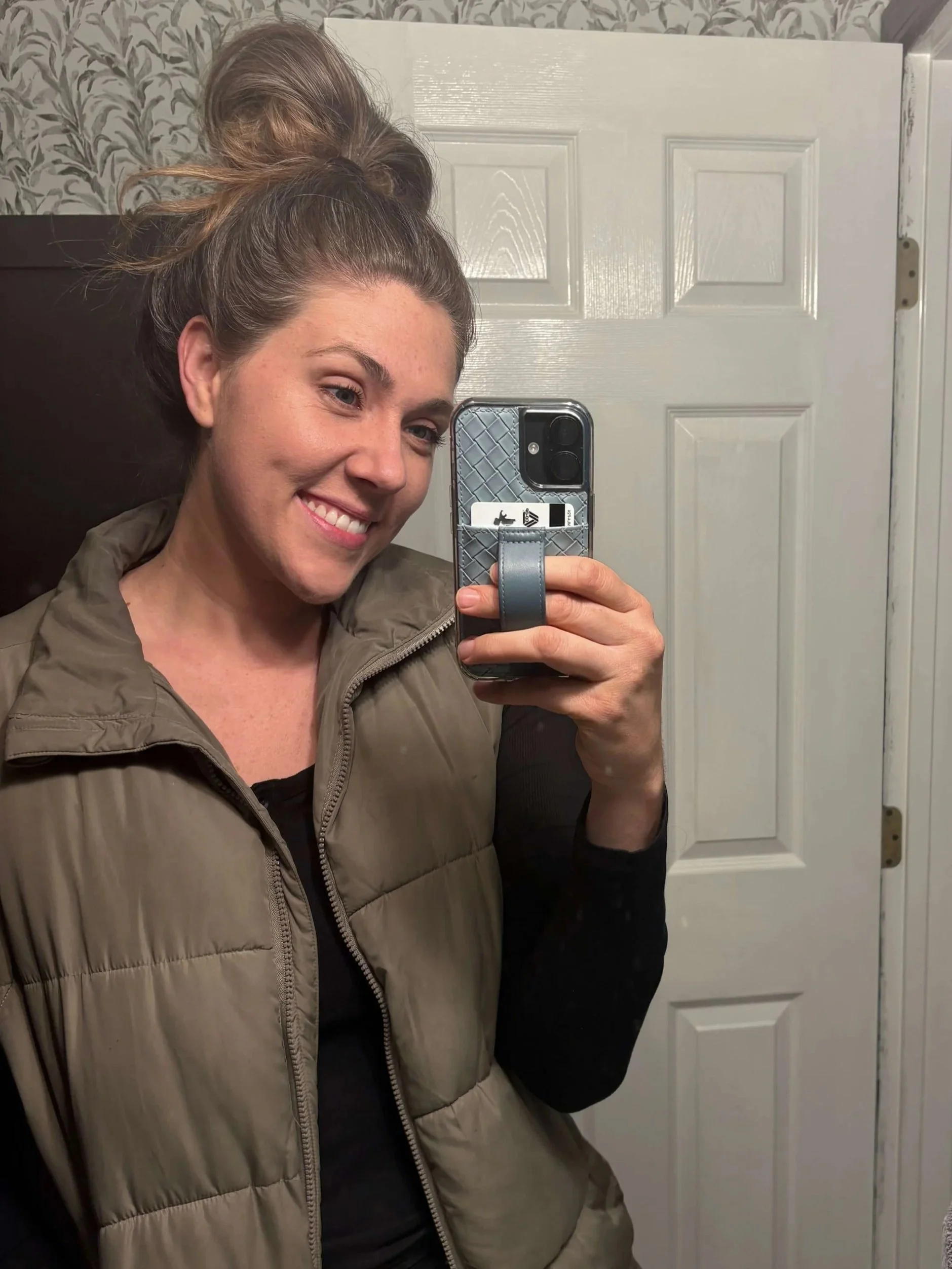
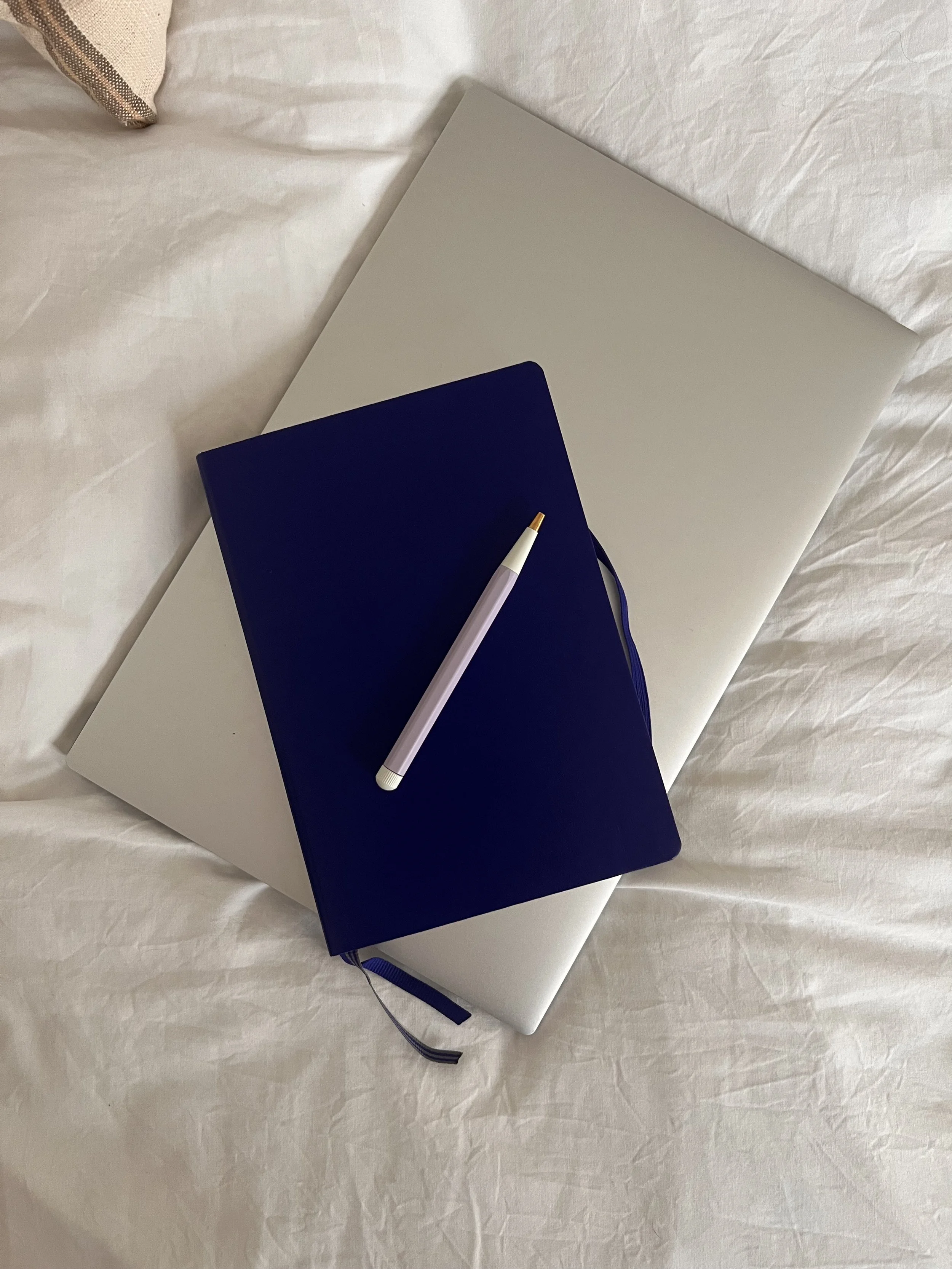


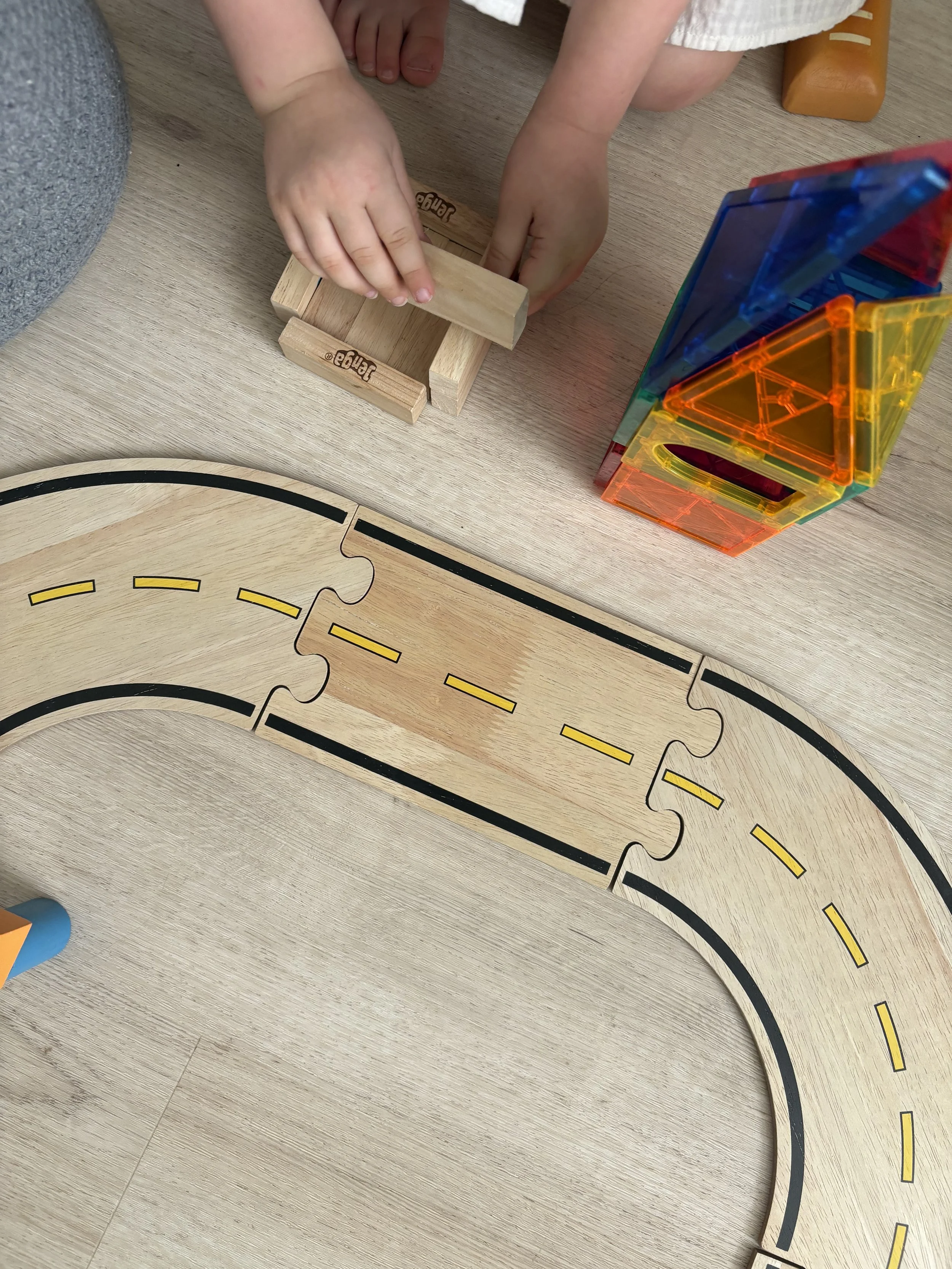
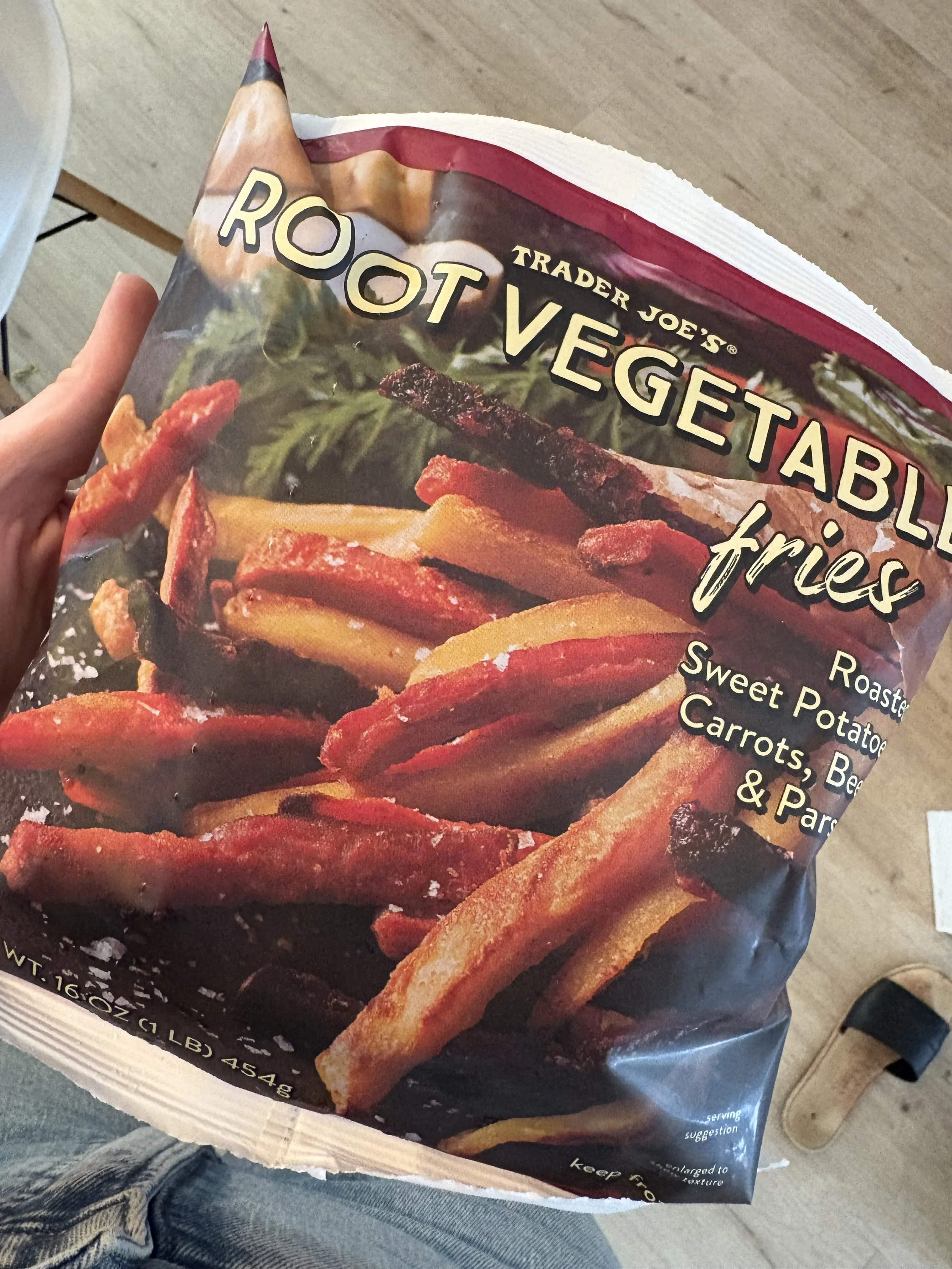
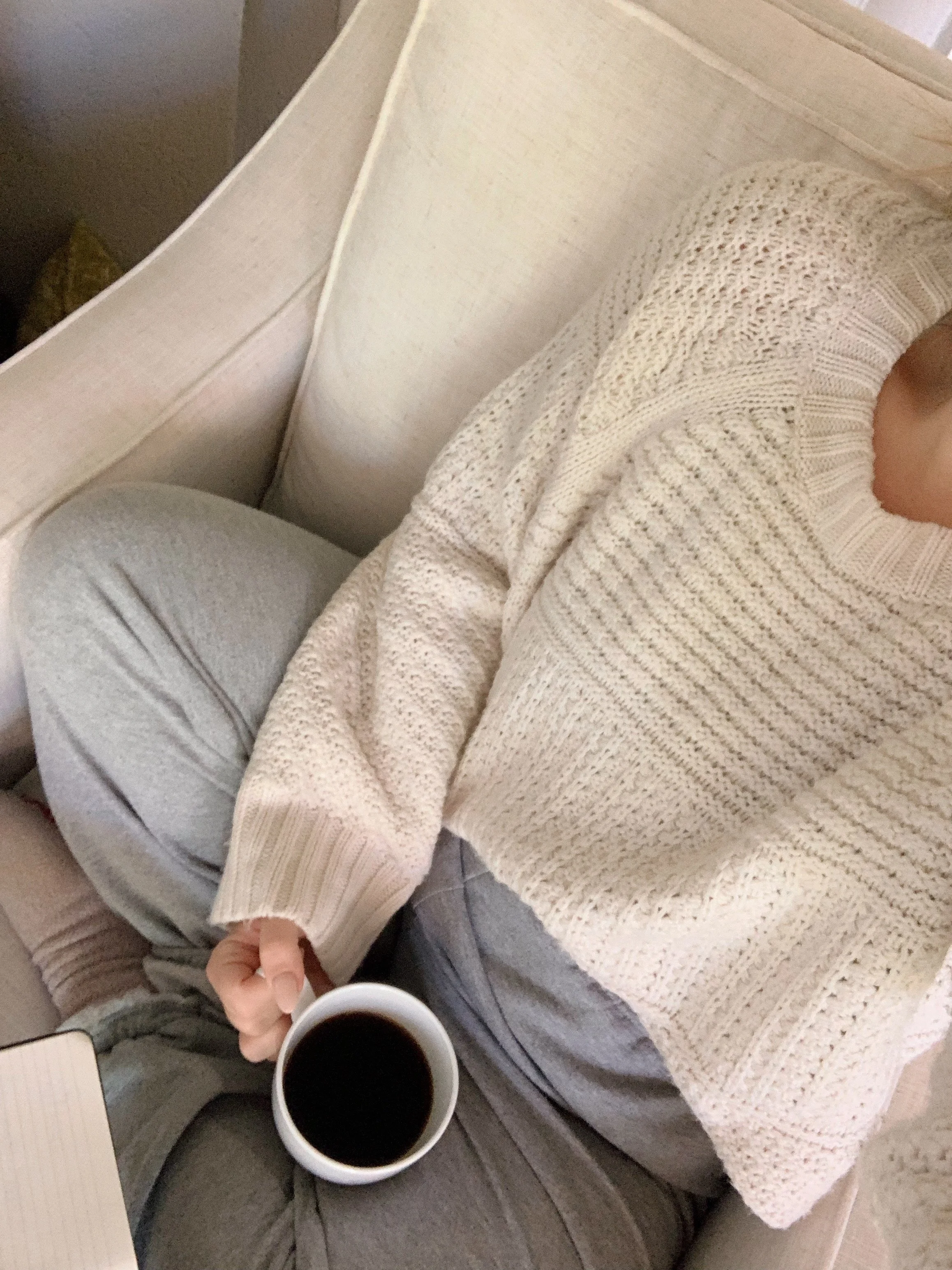
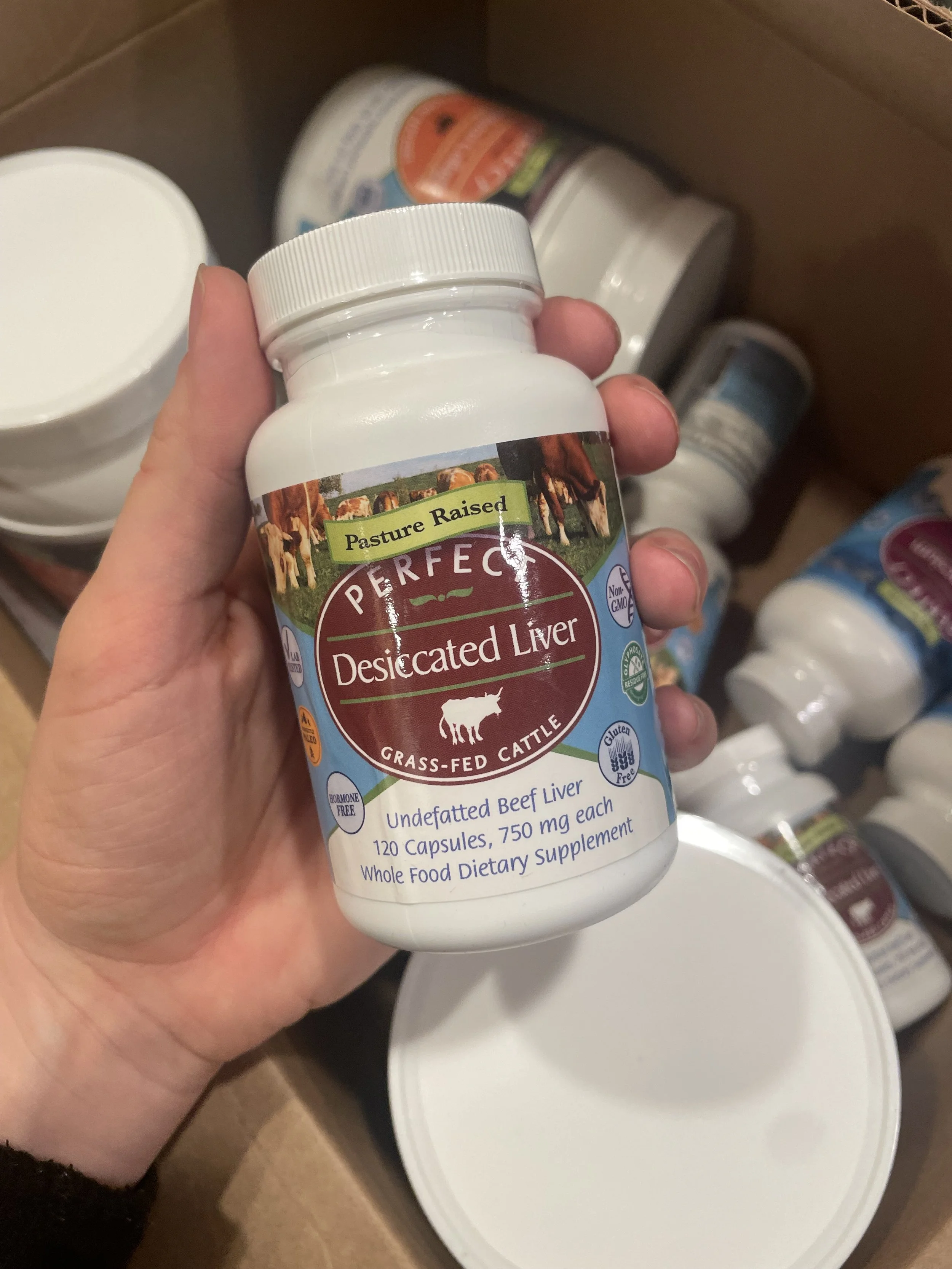
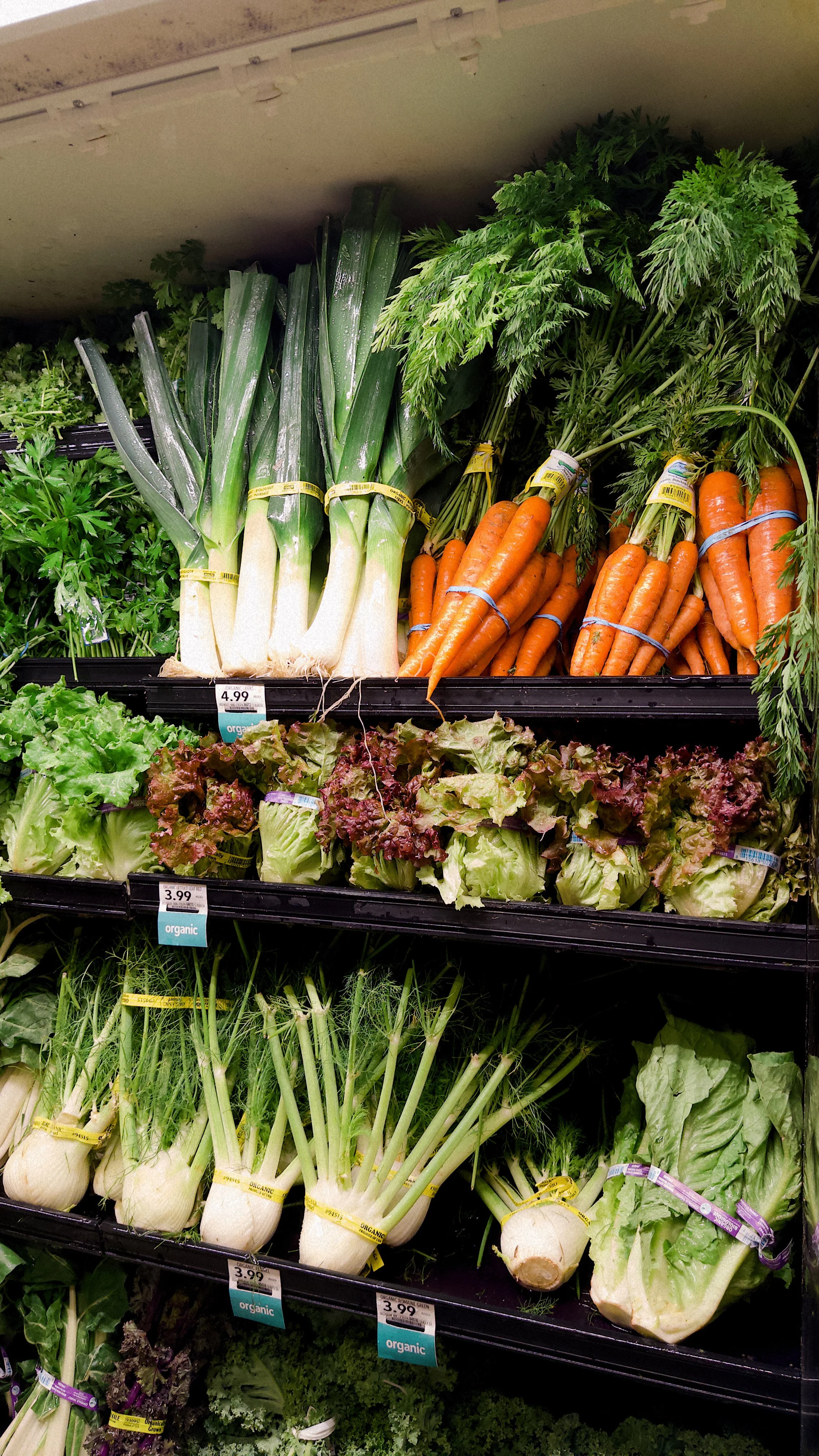
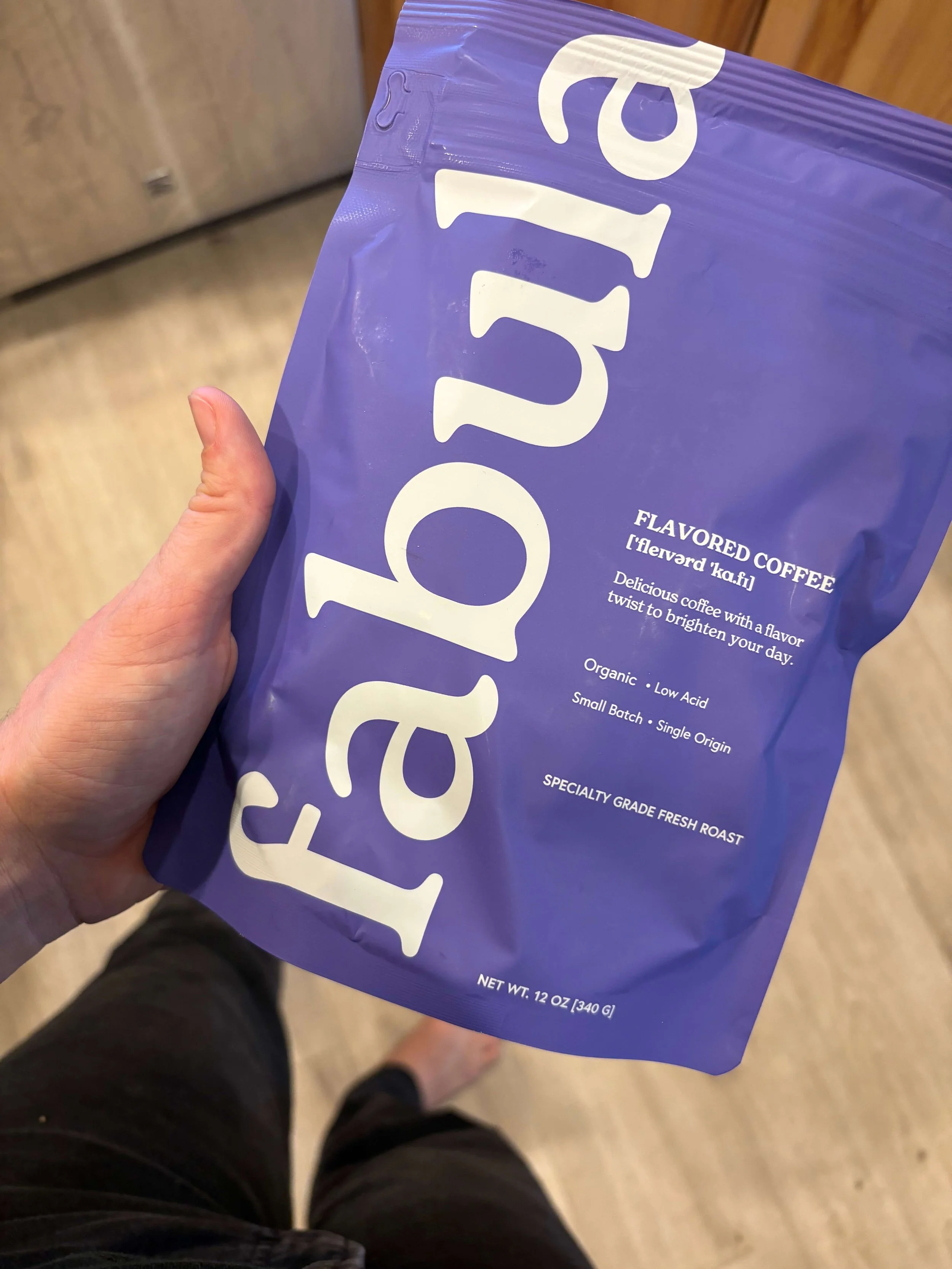

For those of you following my gray hair grow-out journey— here are the latest results from my gray blending appointment at the salon!